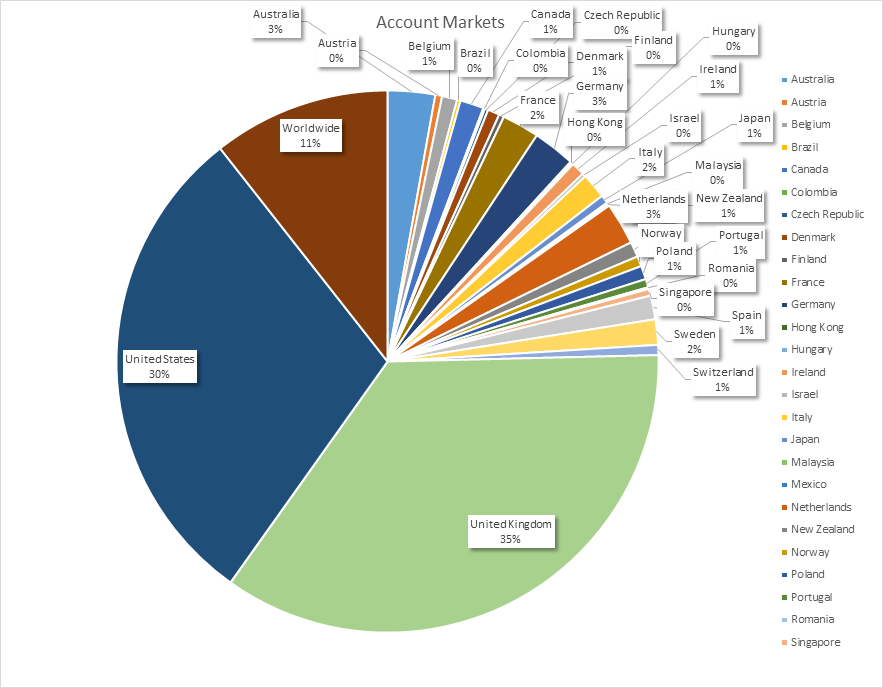The sky’s the limit as opendata weather transactions hit 555,000 per month
The Coalition Government has made data and transparency defining themes of its agenda for this Parliament. The untapped potential in the economic value of data is a new opportunity.
George Osborne announced a number of Open Data commitments in his 2011 Autumn Statement to help drive growth – including the publication of data from all 150 weather stations and 5,000 forecast sites in the UK.
So for over a year now, the Met Office has provided an opendata feed, free, to anyone willing to use their weather station data for the creation of apps. Given that us Brits are weather-mad, this move was always bound to be popular.
Since launching the data feed, the Met Office datasets have seen a steady increase in the number of data subscriptions – currently registering at a huge 555,000 transactions per month (on average).
The UK is the biggest user of this data (as you’d expect), but what is quite surprising is the big percentage of use by people in the United States – as you can see below.
Microsoft has been supporting the UK Government Transparency Agenda through data.gov.uk, with the hourly Met Office weather opendata feed hosted by Microsoft Windows Azure Datamarket in the cloud. This weather data features a staggering 250m rows of data per hour (approximately).
The data is released for free user/developer access under the UK Open Government License. Here are the ways to access this hourly weather data:
- Data.gov.uk
- www.metoffice.gov.uk to view all Met Office services and available data from www.metoffice.gov.uk/datapoint
- Windows Azure Datamarket
Here’s a rundown of what hourly weather data is available via Windows Azure Datamarket:
- daily forecast – plus a 5-day look ahead
- three-hourly forecast – plus a 5-day look ahead
- observation data.
The Windows Azure Datamarket is available worldwide, supporting Open Data and commercial data. Users login to Datamarket and select the datasets they wish to subscribe.
In addition to the data.gov.uk dataset web browser interface (delivering CSV files), with Windows Azure Datamarket, the datasets can be accessed by a user with:
- a web browser
- download the data CSV/Excel files
- or programmatically using the version 2 open specification odata.org protocol, supported by multiple suppliers.
By Howard
Content and Communities Manager, Microsoft Public Sector
